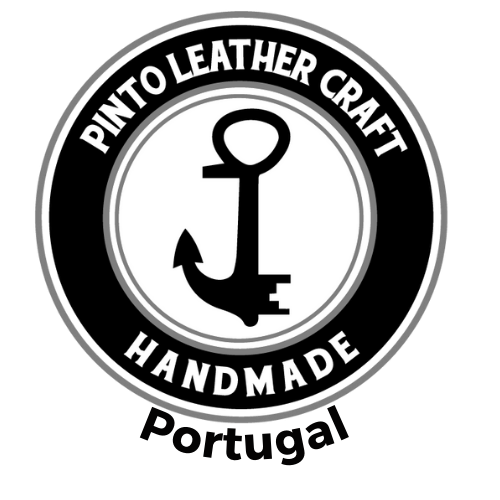Leather has a history that goes back to time immemorial, playing a crucial role in the evolution of humanity. From the dawn of civilization to the present day, this resistant and versatile material has been a constant presence in our lives. Let's delve into its fascinating journey through the centuries.
Ancient Origins: A Necessity for Survival
The first evidence of the use of leather dates back thousands of years ago, when our ancestors discovered that animal skin could be used to protect themselves from the elements. Over time, they learned to transform these skins into clothing, footwear and rudimentary shelter, marking the beginning of their importance for human survival.
Ancient Era: Leather in Ancient Civilization
As ancient civilizations began to flourish, leather became a vital part of everyday life. Egyptians, Greeks, Romans and other cultures mastered tanning techniques and created a wide range of products, from clothing and footwear to armor and containers. Leather also played a crucial role in religious rituals and ceremonies, symbolizing status and power.
Middle Ages: The Age of Guilds and Trade Fairs
During the Middle Ages, leather was a precious commodity and the tanner's profession became highly specialized. Tanners' guilds sprang up across Europe, establishing quality standards and production techniques that shaped the leather industry for centuries. Leather trade fairs, such as the Frankfurt Leather Fair, have become important meeting points for traders and artisans, boosting trade and knowledge sharing.
Modern Era: Industrialization and Innovation
With the Industrial Revolution, the leather production process underwent significant transformations. New machines and technologies were introduced, speeding up the tanning process and allowing for large-scale production. Leather has become a widely used material in the manufacture of industrial products such as drive belts and automotive parts. However, the demand for quality leather and craftsmanship continued to prosper, with many artisans keeping traditional techniques alive in their workshops.
Leather in the Present Day: A Fusion of Tradition and Modernity
Today, leather continues to be an iconic and valued material in diverse industries, from fashion and interior design to sporting goods and luxury accessories. The search for sustainability and ethics in production has encouraged the emergence of more ecological and responsible tanning practices. Furthermore, the resurgence of interest in craftsmanship and local production has brought a renewed appreciation for handwork and quality craftsmanship, ensuring that the rich history of leather remains alive and vibrant in modern times.
Conclusion
The story of leather is a rich and multifaceted narrative that reflects humanity's journey through the ages. From its humble origins to its global presence today, leather continues to captivate and inspire with its durability, versatility and timeless beauty. May we continue to honor this ancient tradition, valuing not only the material itself, but also the knowledge and craftsmanship passed down from generation to generation.

